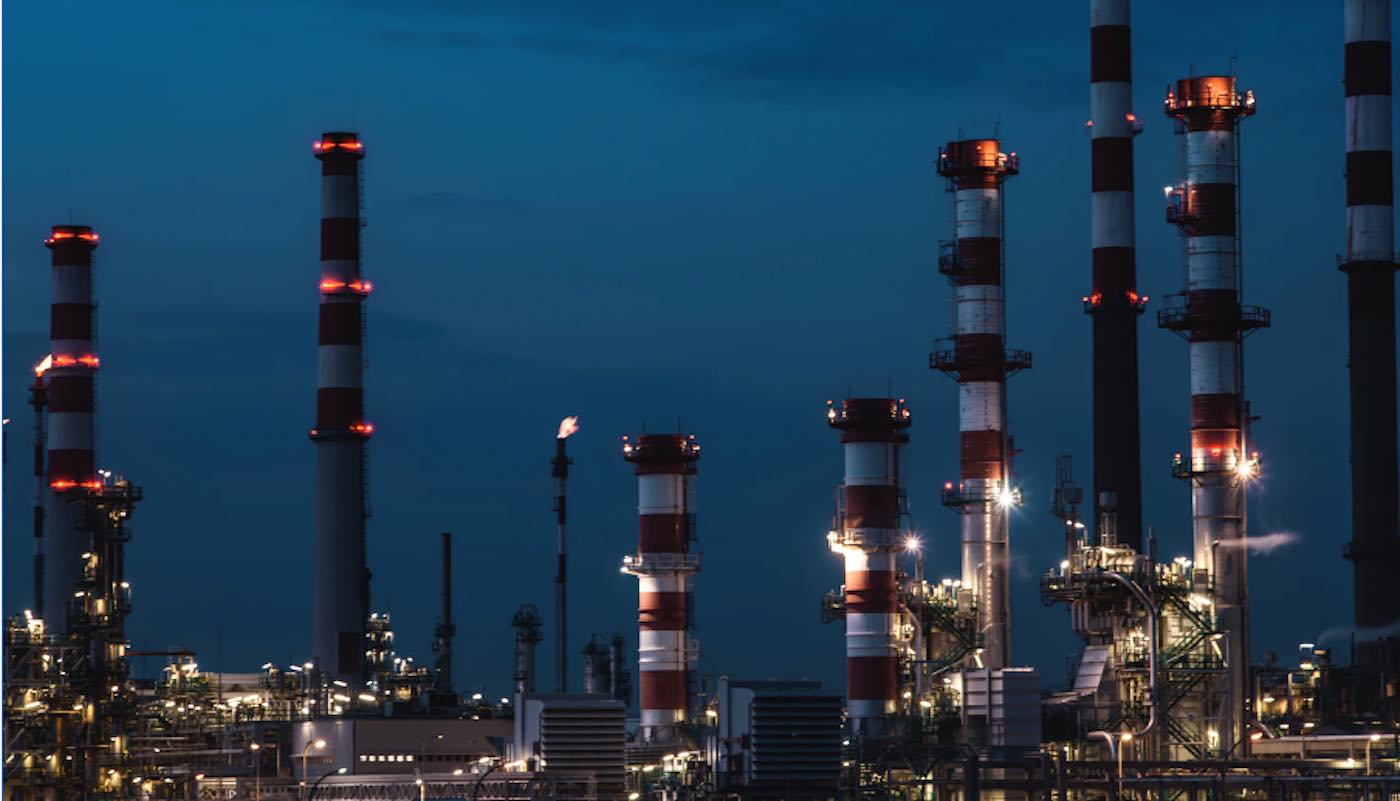Ghoti Ichthus
Genesis 18:32, 2 Chronicles 7:14, Acts 5:29
Countries Are Breathing the Cleanest Air in Centuries and Offer Lessons to the Rest of Us
By Andy CorbleyFeb 20, 2025
"An article at Our World in Data recently explored trends in air quality across a selection of high and middle-income countries, and found that not only is the West breathing better air than at perhaps any point since urbanization, but that developing nations likely won’t need 100 years or more to arrive at similar outcomes.
Published by Hannah Ritchie, the article focuses on two kinds of gases emitted from industrial activity: sulfur dioxide (SO2) and nitrogen oxide (NOx). Both enter the air we breathe from the burning of fossil fuels—coal in particular—while the latter is emitted mostly from internal combustion engines.
Bad air quality is responsible for millions of lost life years worldwide from respiratory problems, cardiovascular issues, and neurological disease—all of which can develop and become exasperated under prolonged exposure to air pollutants.
As seen in this chart, emissions of SO2 have just dipped under levels seen at the earliest periods of British industrialization. Before this, city and town air quality would have been badly tainted through emissions of wood smoke, so it’s safe to assume that 2022 marked the best British air in many centuries, not just the last two.
SO2 enters the ambient air primarily in urban environments through the burning of coal, and the significant reduction in coal use across the West has seen this number plummet.
But as regards middle-income countries like China and India that still rely on coal for electricity—all is not lost, as the next chart shows.
While the UK consumption of coal and emissions of SO2 have fallen in lockstep, the US and China present as excellent case studies for nations—like India, the fourth example—who rely on coal for electricity.
Even if coal consumption is increasing, SO2 emissions can fall even below baseline, with the diligent application of existing technologies for “scrubbing” coal.
“In 1990, the US included a cap-and-trade scheme on SO2 as part of its Clean Air Act Amendments,” Ritchie writes. “Each coal plant was given a ‘cap’ for how much SO2 it could emit, forcing it to either implement technologies to reduce its emissions, trade credits with other plants, or pay a large fine for every tonne of extra sulfur it emitted.”
This was hugely successful, as over just a single decade, emissions had dropped double-digit percentages.
Scrubbers are an apparatus that clean the gases passing through the smokestack of a coal-burning power plant. They exist as large towers in which aqueous mixtures of lime or limestone absorbers are sprayed through the emissions, known as flue gases, exiting a coal boiler. The lime/limestone absorbs some of the sulfur from the flue gases.
These have been used to tremendous effect in China, which despite tripling its coal use since 2000, has actually reduced SO2 emissions to pre-2000 levels. India does not use, nor does it mandate coal scrubbers, which explains its upward trajectory in both use and emissions.
One important note that the article failed to mention: if a country is burning coal, it means they aren’t burning wood or dung. While seemingly more natural than coal or oil, these produce their own, more significant health hazards, as the particulate matter in wood smoke is much larger and higher than smoke from fossil fuels.
Air quality in a city will increase if switching to coal from wood and dung, in the same way that switching from coal to natural gas will accomplish the same. Additionally, more years of life will be lost for having no electricity compared to coal-powered electricity.
But not all emissions come from power production. Nitrogen oxide (NOx) is generated through the burning of gasoline, diesel, and kerosene in internal combustion engines, and much like SO2 emissions, there exists a gradual upward trend throughout the 20th century.
Nitrogen oxide emissions around the world – credit Community Emissions Data System (CEDS) 2024, CC BY license.
In the UK, NOx emissions have fallen to levels seen in 1950, even as the number of road-driven miles in the country has steadily increased to near the highest levels in the country’s history."
More

Countries Are Breathing the Cleanest Air in Centuries and Offer Lessons to the Rest of Us
Bad air quality is responsible for millions of lost life years from respiratory problems, cardiovascular issues, and neurological disease
 www.goodnewsnetwork.org
www.goodnewsnetwork.org
